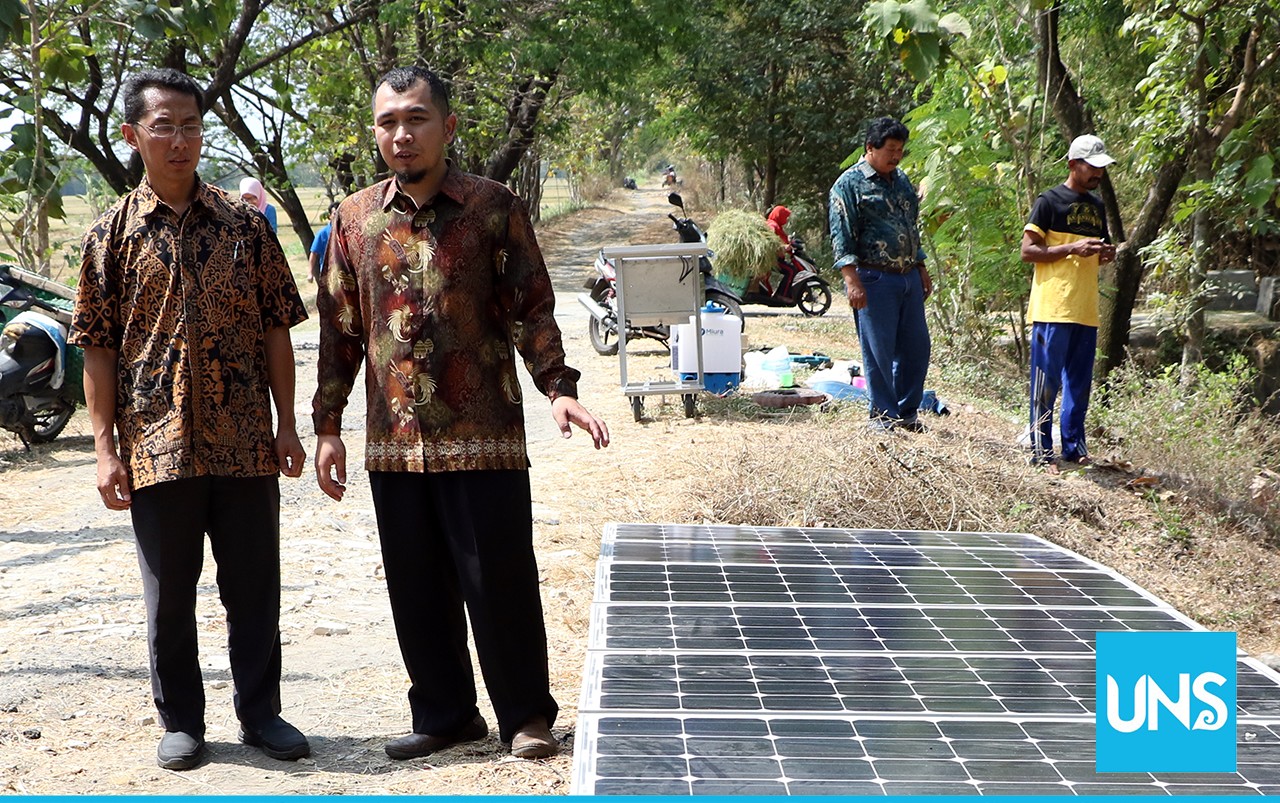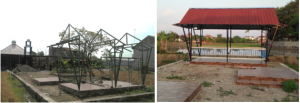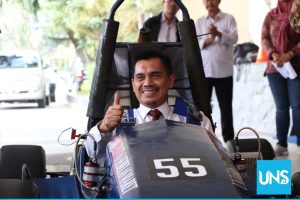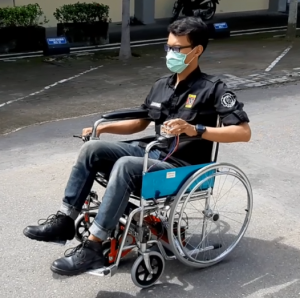UNS researchers created engineering technology called Solar Water Pump System (Sistem Pompa Air Tenaga Surya/ SPATS) to be used as solar radiation. Diesel fuel was used for water pump system.
Team leader of Engineering Faculty Universitas Sebelas Maret (FT UNS), Chico Hermanu Brilianto Apriwibowo, stated that he did the research along with Zainal Arifin, Feri Adriyanto, Teguh Endah Saraswati, and Miftahul Anwar. IBM PNBP UNS 2017 facilitated by Institute for Research and Community Services (LPPM UNS) gave the funding to them.
According to Chico, since Indonesia has much farmland, soil fertility and the need of water were the main priorities. It can be supported by facilitating a good farmland irrigation system. The use of fuel in diesel or water pump was expensive and ineffective. Solar water pump system is the solution. It is affordable and efficient in supporting farmland irrigation in a dry season.
“The purposes of the community service are to give the people insight and practical knowledge how to make SPATS and persuade them to use the renewable energy: solar radiation,” Chico stated, Friday (31/8/2018).
Moreover, SPATS has some specifications: submersible pump with driver motor 48-220 volt 300W, solar panel 600Wp, inverter pure sine wave 2000 W, MPPT Charge Controller, power cable NYYHY 2 x 2,5 mm and 15m long, MCB box pacifier, HDPE pipe 2inch and 10m long, iron frame, and drive wheel. SPATS debit ability is 15-20m cubic a day.
“We hope the people use it to foster their agricultural productivity. It can help the government to actualize the national food self-sufficiency,” he added.
There are two kinds of SPATS: first generation and second generations. The former has debit ability 5 liter/ minutes, while the latter has debit ability 15-20 m/ cubic a day. Solar water pump can reduce the use of fuel in diesel. Furthermore, to produce a second generation of SPATS with 8 solar panels and produce 800 watt of electric power, it needs 25 million rupiahs. The most expensive component in the second generation of SPATS is the solar panel; it costs 1 million rupiahs to produce 100 watt of electric power. UNS




